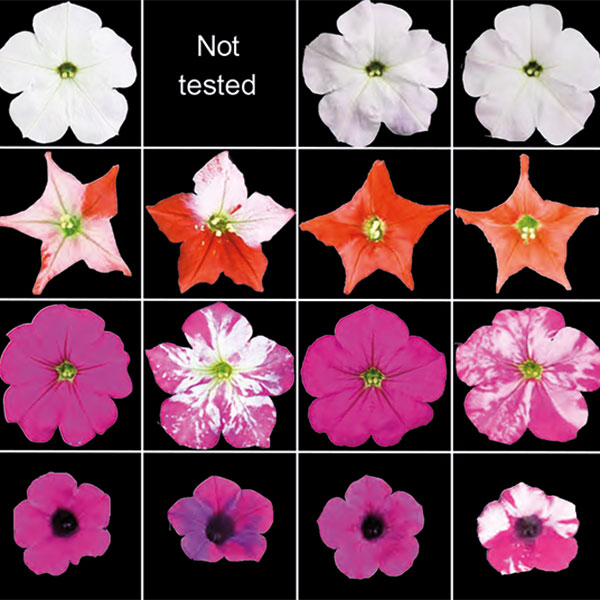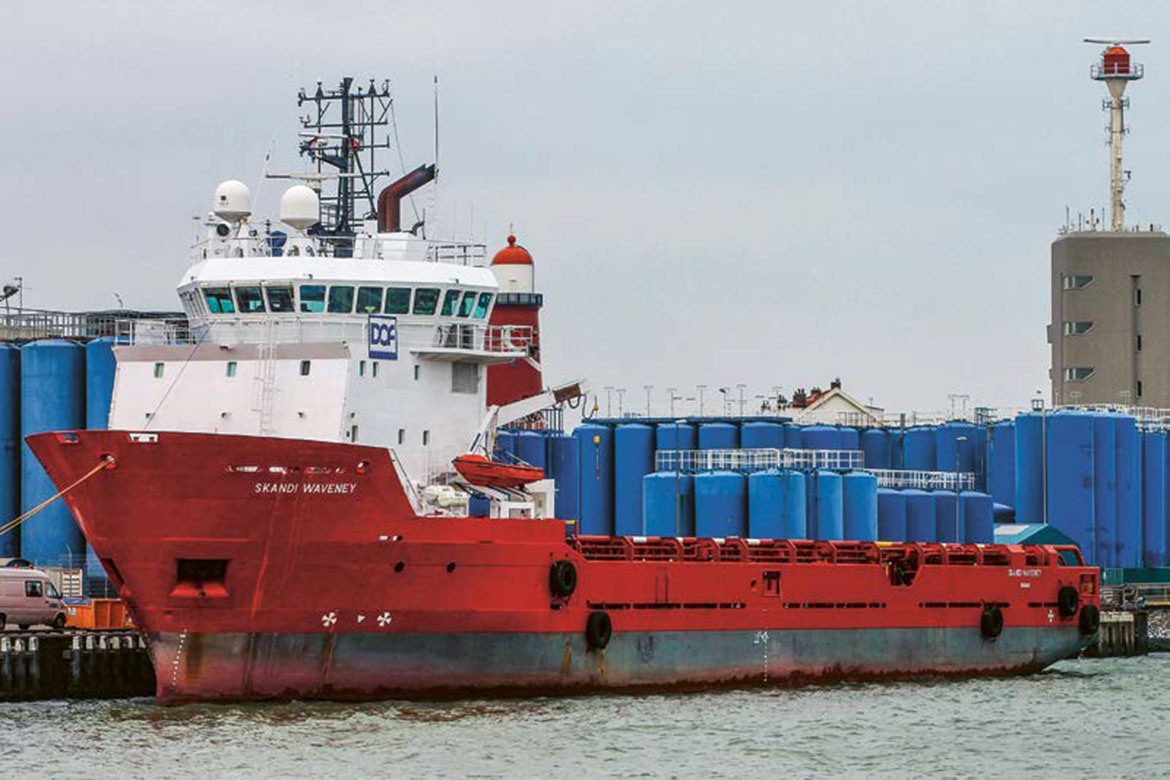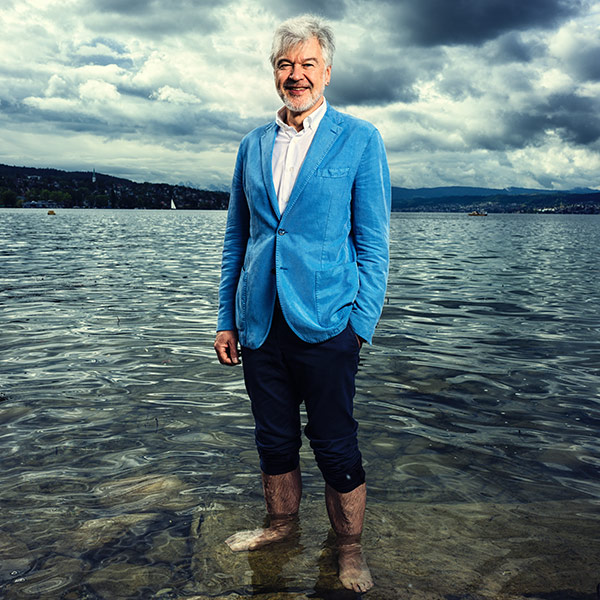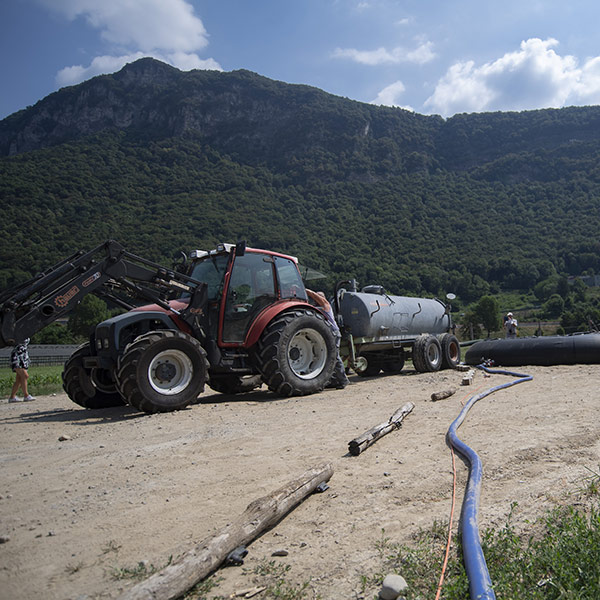HISTORY OF THE EARTH
Turning points in Earth’s history
Human life exists thanks to the unique characteristics of our planet. But it could have all turned out differently. We look at five turning points.

The Moon brings stability
Beginnings are always bumpy. The Earth was formed from dust and gas, then grew through collisions with asteroids both large and small. When it had almost reached its current size, it endured a particularly violent collision with the hypothesised celestial body known as Theia. Fragments were hurled into space and collected in the Earth’s orbit, forming the Moon. Maria Schönbächler is a geochemist at ETH Zurich who’s investigating just what happened during this collision between Earth and Theia – and whether the Moon is composed mostly of material from the former, or of remnants of the latter. So she’s analysing samples of rock from the Earth and Moon in her hunt for clues to the origin of their respective building blocks. “If the Moon is largely comprised of material from the Earth, then this would offer us a window into the Earth’s geological past”, she says.
Little has changed on the Moon over the course of the last few billions of years. But it has contributed all the more to the development of the Earth as we know it today. “The mutual attraction of the two stabilises their respective motion”, says Schönbächler. “Without the Moon, the Earth would literally wobble, its axis would tilt constantly in different directions, and our climatic conditions would alternate between different extremes”. Humans couldn’t live on an Earth like that.

Valuable elements in the Earth’s crust
“If the Earth didn’t have its continental crust with its metal deposits, humans would never have had the idea of mining them. We’d have no copper boilers, no railways, and no smartphones. We’d be stuck in the Stone Age”, says Klaus Mezger, a geochemist at the University of Bern. This is an example of just how crucial the continental granitic crust is to modern life. Until now, we’ve only known of such a crust here on planet Earth. It also provides the phosphorus that is necessary for all DNA and RNA. But it’s still not entirely clear just how the continental crust developed from the original basaltic crust that still forms the floor of our oceans today.
Recently, however, Mezger has been able to make an important contribution to solving this question. He analysed rock samples from two specific regions in India: one dating back to the beginning of crust formation, the other to the time when it reached its maximum. Both sites have remained largely unchanged over billions of years. “Comparing these two periods provides us with clues as to when each element accumulated in the continental crust and in the process was removed from the basaltic crust”, says Mezger. The basaltic rock partially melted at low depths. His findings therefore suggest that the continental crust was a result of plate tectonics, not the other way round.

The perfect conditions for rain
Life requires water in liquid form. This is something that is thus far only known to exist on Earth. But things wouldn’t need to be much different for Earth to be devoid of rivers, lakes and oceans too. We can demonstrate this by a glance at our sister planet, Venus, which in many respects is very similar to Earth and even contains water vapour. But a study by researchers at the University of Geneva suggests that there have probably never been any oceans there. When the astrophysicist Emeline Bolmont and her colleagues modelled the climate of Venus shortly after its formation, they discovered that water vapour there could not have condensed or rained from the sky at any time.
The greenhouse effect is very strong on Venus, and resulted in temperatures of several hundred degrees at a time when the Sun’s radiation was still at its weakest. “For the time being”, says Bolmont, “Earth has been luckier. But the sun is continuously increasing in intensity, which means that the radius is also increasing within which all water will inevitably evaporate”. In one to two billion years, the time will come for Earth, too, to suffer the fate of Venus.

Oxygen changes everything
The first cells on Earth didn’t need oxygen because they produced it. It was a by-product of photosynthesis by microorganisms and only gradually accumulated in the water and air. “After the Earth had remained largely free of oxygen for two billion years, this one phenomenon changed everything”, says Derek Vance, a geochemist at ETH Zurich. “Up to that point, biology was a consequence of geology. But afterwards, the former had a decisive impact on the latter”. Once the moment arrived when sufficient free oxygen was available, biology began to have an impact on itself, and life-forms that could breathe began to dominate.
But the oceans took longer than the atmosphere to become oxygen-rich, and before matters stabilised, oxygen-rich and oxygen-poor conditions alternated. Vance is busy researching into these phases. His group has developed new methods using marine sediments to infer the ocean chemistry of long-gone times.

A fertile snowball
For the longest time, only single-cell organisms existed on Earth. Not until our planet had gone through at least two global ice ages did complex, multicellular life develop. Researchers suspect that the reason for this development lay in the many nutrients that were washed into the oceans by meltwater from the continental crust. But it remains unclear just what triggered the complete glaciation that had preceded this. Christian Köberl is researching at the University of Vienna into impacts from celestial bodies, and he’s recently proposed a potential solution.
He originally wanted to know whether the impact of an asteroid could have melted the ice – one on the same scale as the much later asteroid that presumably brought about the end of the dinosaurs. “But our computer model showed that this would have produced insufficient energy”, says Köberl. “So we asked ourselves: What if it was the other way round? Could an asteroid impact have been the reason for turning the Earth into a snowball?” And indeed, it turned out that the dust produced by such an impact could have shielded the Earth sufficiently from solar radiation, if it was in any case going through a cool phase. Nobody knows whether this was really the case. “But there’s at least a consensus that the Earth collides with an asteroid of this size on average every hundred million years”, says Köberl. And every time it happens, it changes the Earth’s development in a new way.
Illustrations: Jeremy Perrodeau




